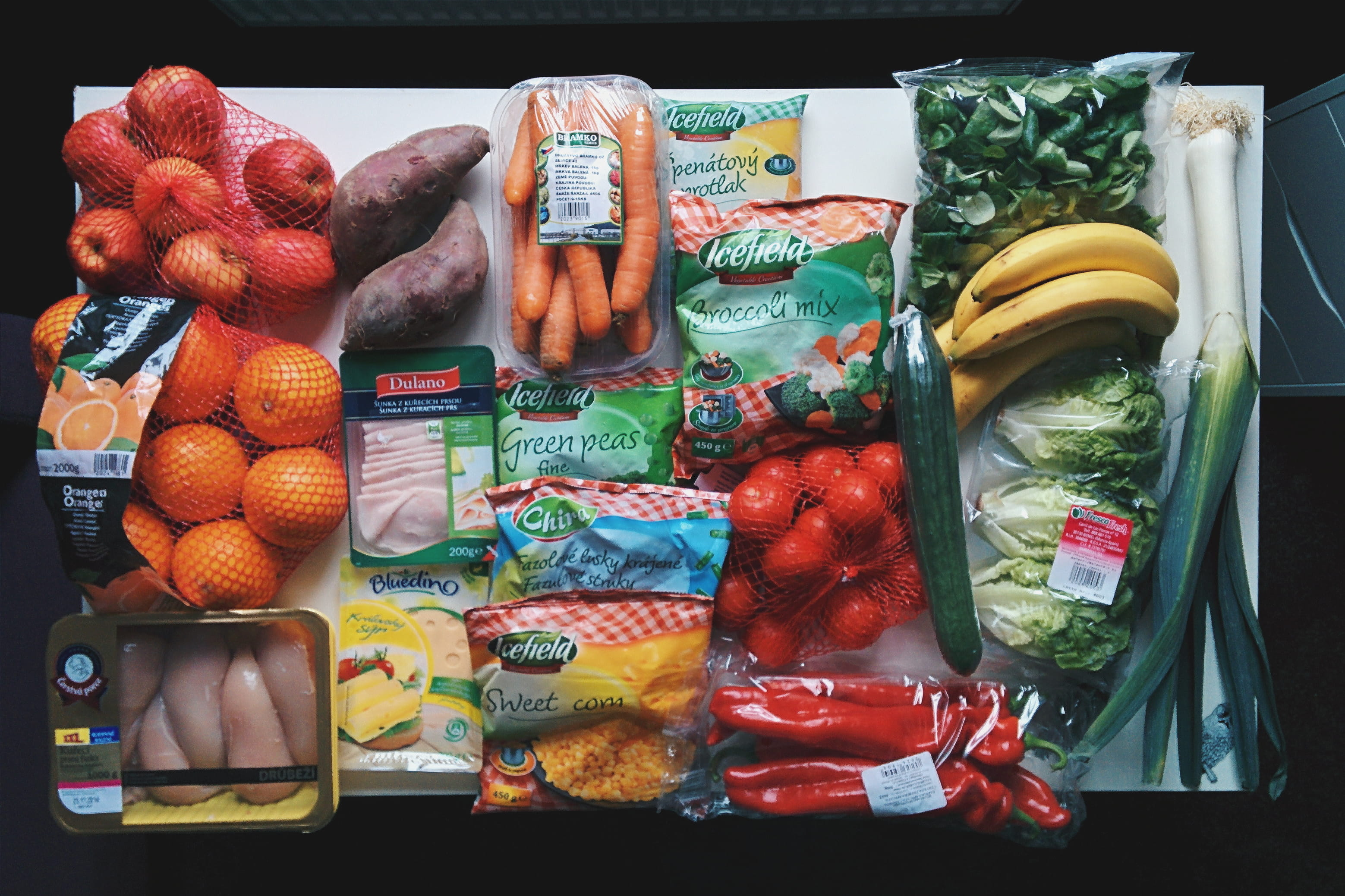Market Insights
Food Processing Industry in India

Overview
Food processing is a way of turning raw food items into finished products that can be consumed. This involves various methods of processing such as making raw flour by grinding grains, industrial methods to produce convenience foods including pasta, noodles and chips. India is one of the largest producers and processors of rice, wheat, sugarcane, milk and various fruits & vegetables and spices. Also, India is one of the largest exporters of processed foods majorly to the Middle East, Europe and South East Asian countries. The growth in this industry is a significant contributor for agricultural trade in both domestic and International markets. The government has recognized the food processing industry in India as one of the high priority industries and various initiatives have been taken in promoting the industry.
The Food Processing Industry in India is segmented as;
- Dairy
- Fruits & Vegetables
- Fisheries & Marine
- Poultry & Meat
- RTE / RTC
- Others
Food Processing Market Size in India
The food processing industry in India was valued at INR 19.50 trillion in 2020 and is expected to reach INR 34.86 trillion by 2025, expanding at a CAGR of 12.31% between 2020 and 2025.

In 2020, the dairy market in India was valued at INR 1,136 billion, while the Fisheries & Marine segment was valued at INR 123.6 billion. Poultry segment was valued at INR 198.80 billion, RTE/RTC market was valued at 3.40 billion and Processed fruits & vegetables market value in 2020 was estimated at Rs 17.25 billion.
Competitive Landscape
Though the food processing industry in India is classified as highly fragmented, some of the major domestic players in the market are; Dabur India, ITC, Adani Wilmar, Gujarat Cooperative Milk Marketing Federation, MTR Food, Parle Products, and Olam Agro India. Some major International players are; Coca-Cola, Pepsi, Unilever, P&G, Nestle, Del Monte, Danone, Cargill, Hershey and Kellogg’s.
Growth Drivers for Indian Food Processing Industry
Favourable Government Initiatives & Policy
- Government has permitted a 100% FDI through an automatic route in the food processing industries in India.
- The Electronic National Agriculture Market was formed in 2016 with a vision for a single agricultural market.
- Government approved Production Linked Incentive (PLI) scheme for food processing industries.
- Mega food park scheme was introduced to create a link between the agricultural products and the market by uniting the farmers, processors and the retailers together.
- The Indian government has recently launched a separate portal for investors, called Navesh Bandhu that integrates all the central and state governments incentives and policies for all the stakeholders operating in the industry.
Raw Material Availability
Due to India’s wide range of climatic conditions and topography there is an abundant supply of a variety of raw materials such as vegetables, fruits, livestocks, dairy products, tea, coffee and sugarcane providing a large basket for processed food to meet the domestic demand as well as across the border.
Increasing Disposable Income
India has one of the largest workforce in the world and the per capita income has increased by 30% when compared to six years before and this may drive a demand for processed food items.
Urbanisation
Since Urban areas provide employment opportunities people are migrating from rural to urban areas and due to the busy and fast-faced urban lifestyle people prefer processed foods as it saves time.
Food Retail Outlets
Food retail outlets are significantly increasing in recent times due to the change in buying behaviours of the consumers as these outlets offer one-stop shopping experience with a wide range of products including organic and vegan products.
Challenges for Indian Food Processing Industry
Infrastructure Facilities
Lack of adequate infrastructure facilities such as cold storage & warehousing, mechanised handling, government certified food & safety labs and fragmented supply chain results in food wastages especially with the perishable food products.
Technological Innovation
Due to factors such as Industry Academia Collaboration and lack of cutting edge technology machines, the food processing industry in India is dependent on import of machineries which increases the cost of production.
Specialised Skills
Though cheap labour being an advantage, the insufficient skill set at different levels of the food processing industry and unavailability of necessary skills development programmes poses a major challenge in this industry.
Quality Standards
Lack of basic standardisation and certification infrastructure poses a challenge for the industry in India. Given the industry’s size, there is a huge gap in the absence of laboratories and government certification agencies.
Impact of Covid-19 on Indian Food Processing Industry
The global spread of the corona virus created an unprecedented situation across all the industries in India. Although the flow of materials and finished food products were affected due to the disruption in logistics and supply chain, the food processing industry in India was able to recover at an early stage when compared to other industries due to the increased consumption of packaged foods since they are scientifically processed & packaged and are considered safe to be consumed.
Most of the large manufacturers revamped their manufacturing facilities with fully automated machines to meet the rising demand. The ongoing pandemic has catalysed the food industry in India and made it adapt to innovative solutions by incorporating machine data and analysing them to improve the overall efficiency. However, small food manufacturers who were not able to afford to upgrade their facilities were burdened with labour shortage, taxation and debt.
Future Outlook
Unlike the other industries in the country, the food processing industry was least impacted by the ongoing pandemic and since people are becoming aware of personal hygiene, they are moving towards branded foods. By improving the necessary infrastructure facilities, providing incentives to boost R&D activities and implementing strict health & safety policy, India can transform into a Kitchen of the world.